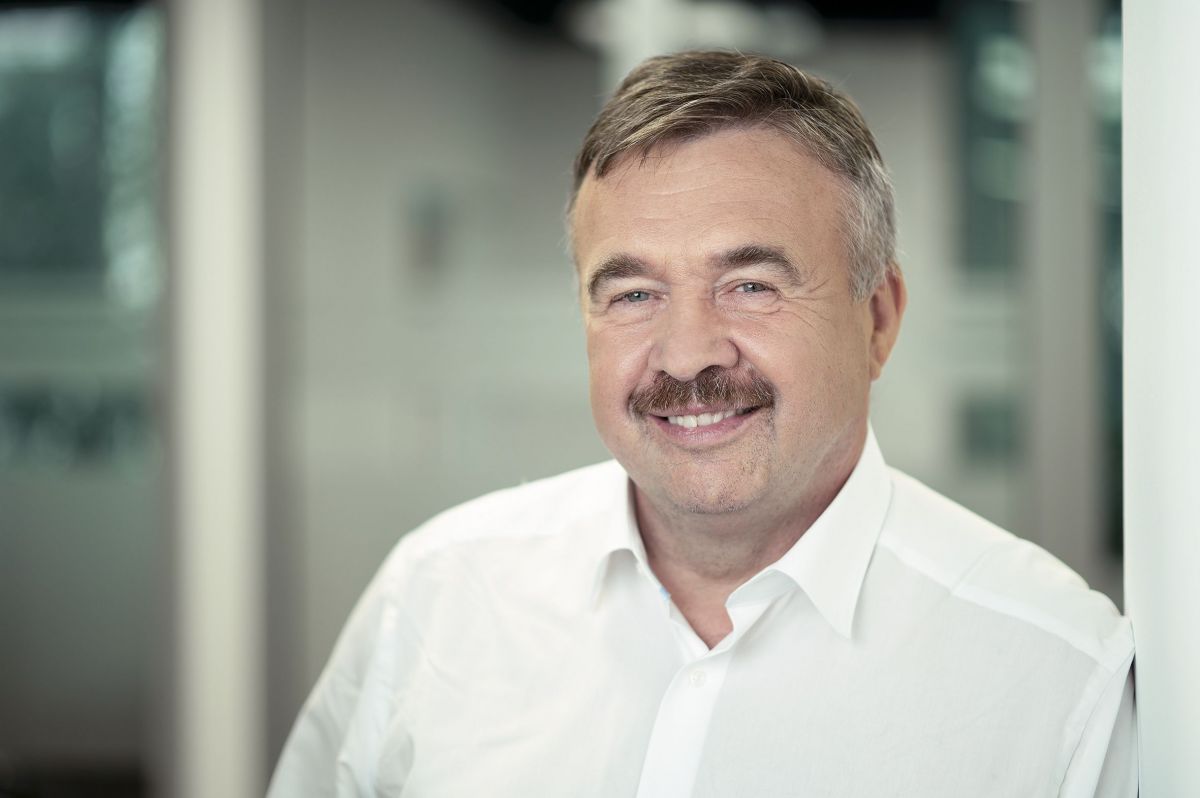Retail parks have been going through something of a golden age for some time now. “The pandemic, which we’ve had to contend with since 2020, has resulted in this format becoming the best solution to the changing needs of consumers, for whom the basic decision about where to shop is now how close the retail location is to where they live or work as well as the convenience and the quality of the goods offered,” explains Magdalena Chruściel, the retail director of Colliers in Warsaw. The situation we find ourselves in today is resulting in more demand for shopping close to home, as prices rise rapidly due to inflation. “As the cost of living increases, it is becoming crucial for many people in towns across Poland to reduce unnecessary costs, which includes travelling out to distant shopping centres,” adds Aneta Kulik, the commercialisation director of DL Invest Group. Developers have responded quickly to meet this need. “In the first half of 2022 alone































































